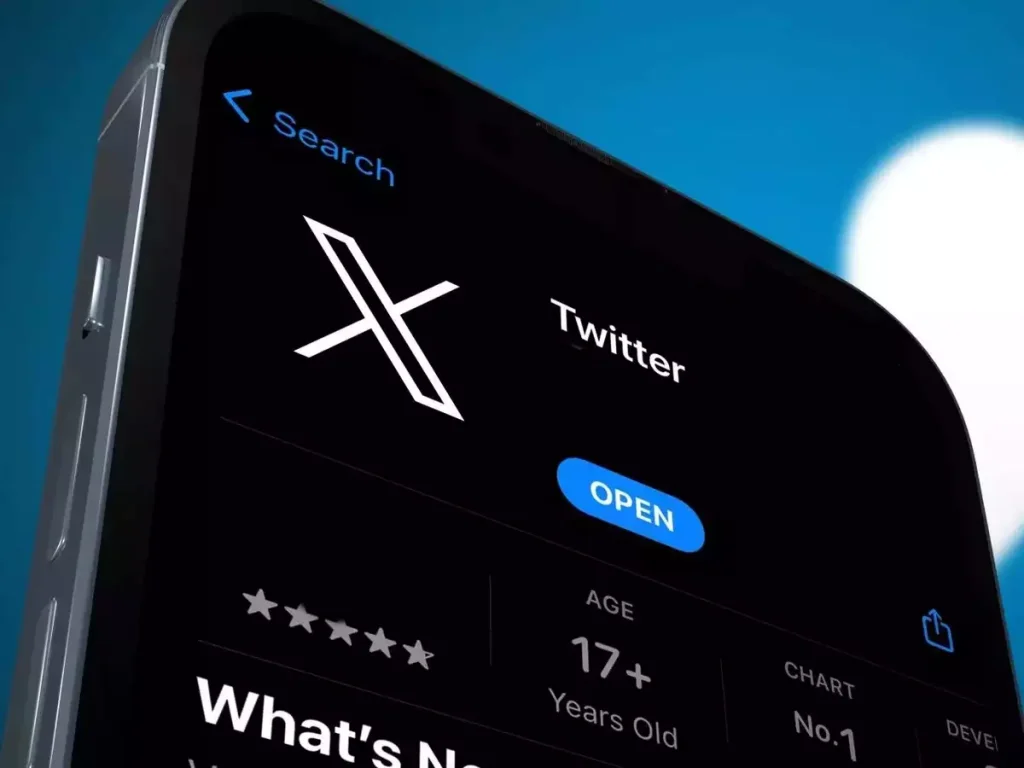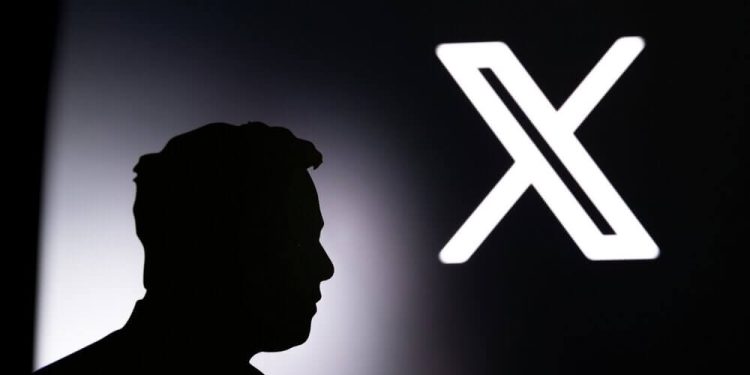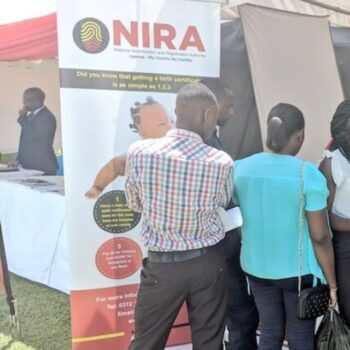Social media is blowing up faster than ever, and it’s hard to keep track of everything. One big downside? The flood of fake accounts, which are popping up like weeds. These imposters either mimic real people, push misinformation, or try to manipulate trends. It’s exhausting.
You can’t entirely get rid of the fakes, but you can dodge a lot of them. If you’re trying to figure out if an account on X (formerly Twitter) is fake, there are some tricks you can keep in your back pocket. Here’s how to stay ahead of the game. Keep in mind, though—no one tip is foolproof. It’s when you combine them that you’ll start to get the full picture.
Check for the Verified Badge
First up, does the account have a verified checkmark? A blue or gold badge means it’s certified, but these days, with Twitter Blue, anyone can buy a checkmark—even the fakes. So, while it’s a start, don’t stop here.

Look Closely at the Account Name
Scammers love sneaky tactics. They’ll add extra letters, swap similar characters, or throw numbers into the mix to make a fake name look legit. A handle that feels off, like weird spacing or strange symbols, is a huge red flag.
Read the Bio
Bios can say a lot. Real users usually have well-rounded ones—location, work details, maybe a link. Fakes? Not so much. They’re often vague or half-baked. If the bio’s trying too hard to be funny or lacks substance, it could be a parody or just a flat-out fake.
Scan the Profile Picture
Take a good look at the profile pic. Genuine users often have clear, high-quality images. Fake accounts might use blurry or random stock photos. A reverse image search can quickly tell you if the picture’s been stolen or recycled a hundred times.
Check the Followers and Tweets
Here’s a good one—if an account has tons of tweets but barely any followers, that’s weird. Also, watch out for spammy posts or a timeline that doesn’t really make sense. If the activity feels robotic or the tweets are all over the place, it’s likely a fake.
When Was the Account Created?
Pay attention to the account’s birthdate. If it claims to be a well-known person or brand but was made last week, something’s up. Older accounts usually have a long history of posts that make sense.
What’s Happening Right Now?

Look at their latest tweets and interactions. Fake accounts often have minimal engagement—maybe tons of retweets but no replies, or they’re sharing the same tired meme over and over. Check the kind of media they’re sharing too—fake accounts love clickbait or repetitive posts.
Try Tools Like Botometer
If you really want to dig into it, tools like Botometer can help. Just pop the account handle in, and it’ll tell you whether it’s likely a bot. If the score is leaning red, you’ve probably got a fake or automated account on your hands.
For the Advanced Users: Source Code
Okay, this one’s for the techies. You can check an account’s source code to see if there’s anything fishy going on. Not for the average person, but if you know your way around code, it’s an option.
Fake accounts are everywhere on X, but with these tips, you can spot most of them before they get the best of you.

















